Disclosure: This article contains affiliate links. We may earn a commission from purchases at no extra cost to you, which helps our travel content.
I've always had a thing for places that exist in the shadow of their more famous neighbors. Maybe it's the underdog in me, or perhaps it's the thrill of discovering something authentic that hasn't been polished to a touristy shine. That's exactly what drew me to North Charleston during a coding gig in South Carolina last fall. While Charleston proper gets all the Instagram love with its rainbow row houses and horse-drawn carriages, North Charleston quietly holds some of the most significant Civil War history in the country. As someone who once coded 16 hours straight to meet a startup deadline, I appreciate efficiency – so when I say you can explore North Charleston's rich historical tapestry in a single weekend without breaking the bank, I'm speaking your language. Grab your notebook and comfortable shoes; we're about to dive into a historical adventure that most visitors to the area completely miss.
H.L. Hunley Submarine: The First Successful Combat Submarine
Let me start with what might be the coolest historical artifact you've never heard of: the H.L. Hunley, the world's first successful combat submarine. Located at the Warren Lasch Conservation Center on the former Charleston Navy Base, this isn't just any museum piece – it's a legitimate game-changer in naval warfare history.
The first time I stood before the actual Hunley submarine – recovered from the ocean floor after 136 years – I felt that same rush of adrenaline I experienced during my first bungee jump in New Zealand. There's something profound about facing an object that represents such human ingenuity, courage, and tragedy all at once.
The submarine itself is housed in a massive preservation tank, and the tour guides here are passionate historians who bring to life the incredible story of the eight-man crew who hand-cranked this iron vessel to attack a Union warship in 1864. They succeeded in their mission but never returned – a mystery that puzzled historians for over a century.
What makes this experience special is how intimate it feels. Unlike crowded downtown attractions, here you can actually hear your guide, ask questions, and spend time examining artifacts like the gold coin that saved the submarine commander's life once (but not twice).
Before visiting, I'd recommend picking up a waterproof notebook – you'll want to jot down the fascinating details the guides share that you won't find in textbooks. I filled nearly ten pages in mine during this visit alone.
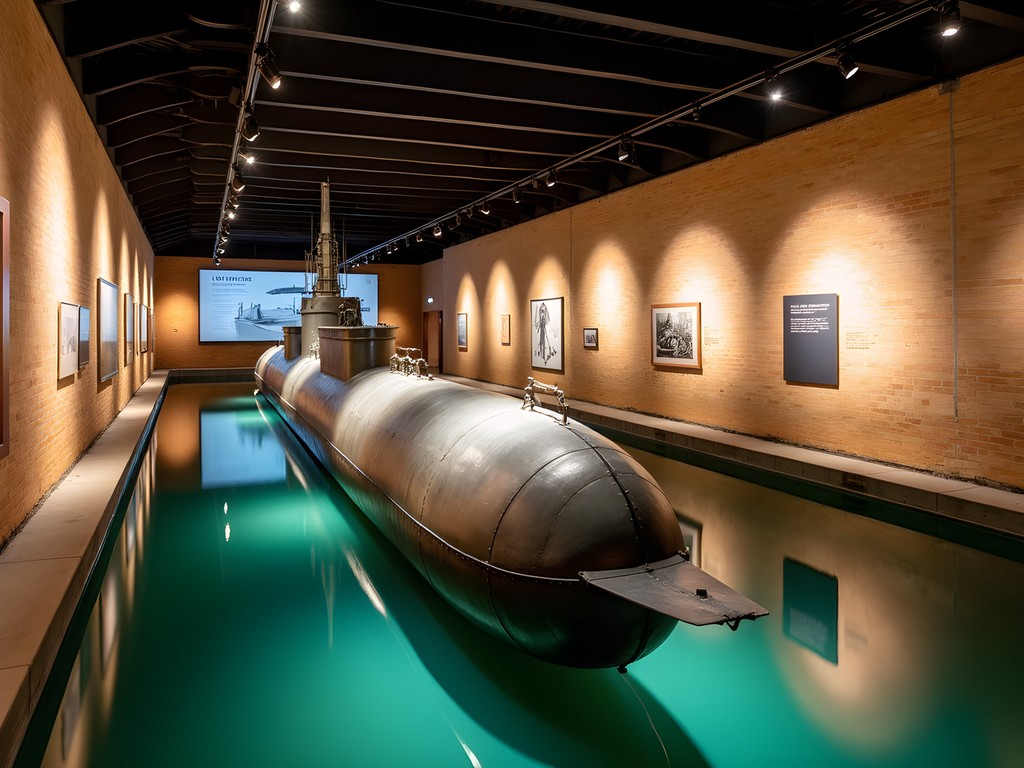
💡 Pro Tips
- Tours run Thursday-Saturday and require advance reservation – book at least a week ahead
- Student ID gets you a discount on admission
- The facility isn't climate-controlled, so dress accordingly for the season
The Forgotten Story of Liberty Hill
About three miles from the Hunley exhibit sits Liberty Hill, one of the oldest African American communities in North Charleston, with a history that stretches back to 1871. I stumbled upon this neighborhood completely by accident while looking for a local coffee shop, and ended up getting a history lesson I'll never forget.
What makes Liberty Hill special is that it was founded by four formerly enslaved men who pooled their resources to purchase land and create a self-sufficient community in the aftermath of the Civil War. The Liberty Hill Improvement Council building serves as an informal museum with photographs and documents that tell the community's story.
When I visited, I was lucky enough to meet Mr. Johnson, a community elder who spotted me looking curiously at historical markers and offered to share stories passed down through generations. What was supposed to be a quick coffee stop turned into a three-hour walking tour through living history.
The modest homes and churches here don't scream 'tourist attraction,' but they tell a powerful story about resilience and community-building that you simply won't get from the more manicured historical sites downtown. The Missionary Baptist Church, built in 1880, still stands as a testament to the community's endurance.
I highly recommend bringing a portable power bank for your phone – you'll be taking more photos and spending more time here than you expect, and the last thing you want is to miss documenting these lesser-known historical sites.
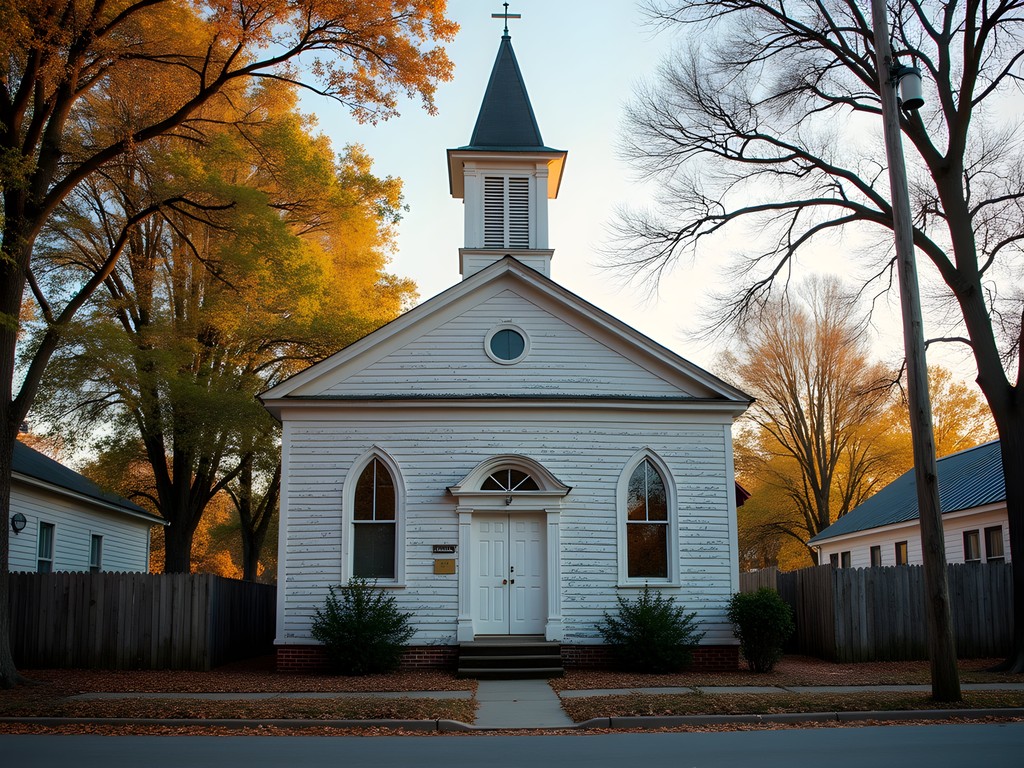
💡 Pro Tips
- Visit on Sunday morning to see the historic churches in action
- Be respectful – this is a living community, not just a historical site
- The Liberty Hill Community Center often has local art displays worth checking out
Magnolia Cemetery's Confederate Naval Officers Section
While technically straddling the border between North Charleston and Charleston proper, Magnolia Cemetery deserves special mention for history buffs. The Confederate Naval Officers section contains the graves of the Hunley crews – all three of them, as the submarine sank twice during testing before its final mission.
I visited Magnolia Cemetery on a misty fall morning, and I'm not exaggerating when I say it was one of the most atmospheric experiences I've had in my travels. Spanish moss draped over ancient oaks, creating natural canopies over weathered gravestones. The cemetery dates back to 1850 and serves as the final resting place for numerous Confederate generals and soldiers.
What struck me most was standing before the graves of the Hunley crew members. After seeing the actual submarine earlier that weekend, connecting with the final resting place of its brave (or perhaps foolhardy) crew members completed the historical narrative in a powerful way.
The cemetery is vast – over 92 acres – so come prepared for walking. I spent nearly three hours exploring and still didn't see everything. The cemetery office provides maps highlighting significant graves and monuments, which is extremely helpful for self-guided tours.
If you're a photography enthusiast like me, this location is pure gold, especially in the early morning or late afternoon when the light filters through the moss-draped trees. My travel tripod was essential for capturing the atmospheric long exposures in the cemetery's shadowy areas.
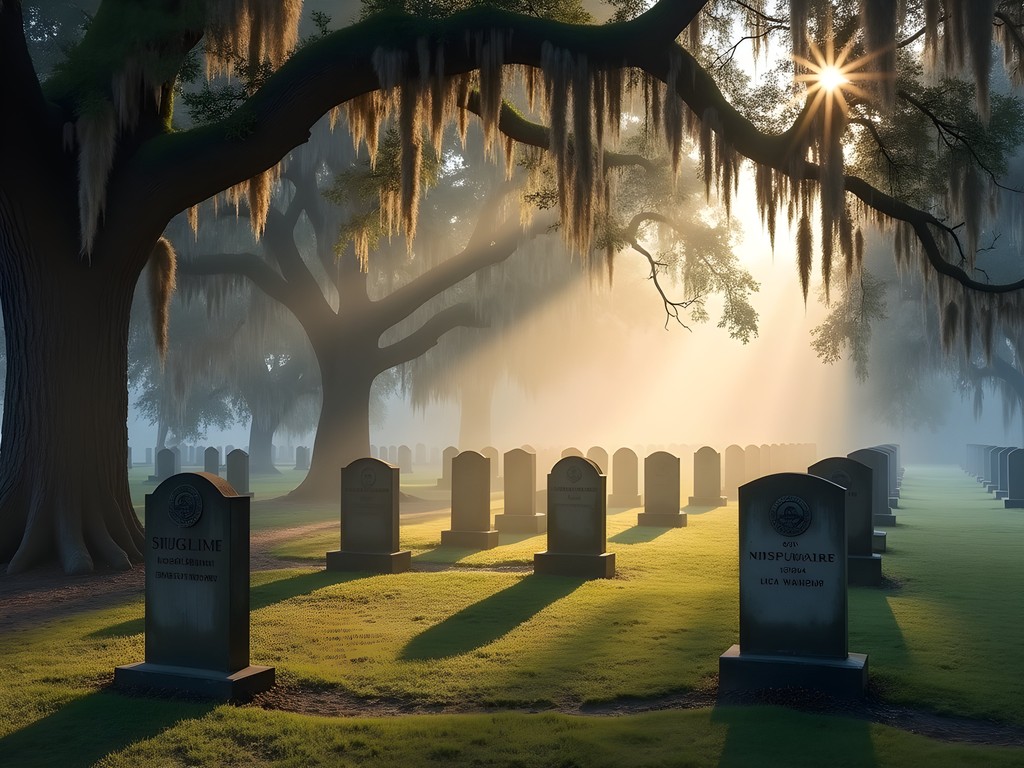
💡 Pro Tips
- Visit early morning for the best light and atmosphere
- Download the cemetery map ahead of time or pick one up at the office
- Look for the small submarine symbols on the Hunley crew gravestones
North Charleston Fire Museum & Educational Center
For something slightly different but still historically significant, the North Charleston Fire Museum houses the largest collection of professionally restored American LaFrance fire equipment in the country. Now, I know what you're thinking – a fire museum doesn't scream 'Civil War history' – but bear with me.
The museum actually provides fascinating context for understanding urban development in the post-Civil War South. Charleston suffered devastating fires throughout its history, including during and after the Civil War period, and the evolution of firefighting technology tells a parallel story of the city's rebuilding and modernization.
What makes this museum special is how interactive it is – perfect for keeping younger history students engaged. You can climb aboard restored fire trucks from different eras, try on gear, and even slide down a real fire pole (which I did, twice, no shame). The antique equipment dates back to the 1780s, giving you a clear timeline of technological development that mirrors the growth of Charleston and North Charleston.
One of my favorite exhibits shows how firefighting changed during and after the Civil War, when many fire companies had to rebuild from scratch after their equipment was destroyed or repurposed for the war effort.
The museum is incredibly affordable at just $6 for adults and $3 for students, making it one of the best value activities in the area. I spent about two hours here, but families with children who want to try all the interactive elements might want to budget a bit more time.
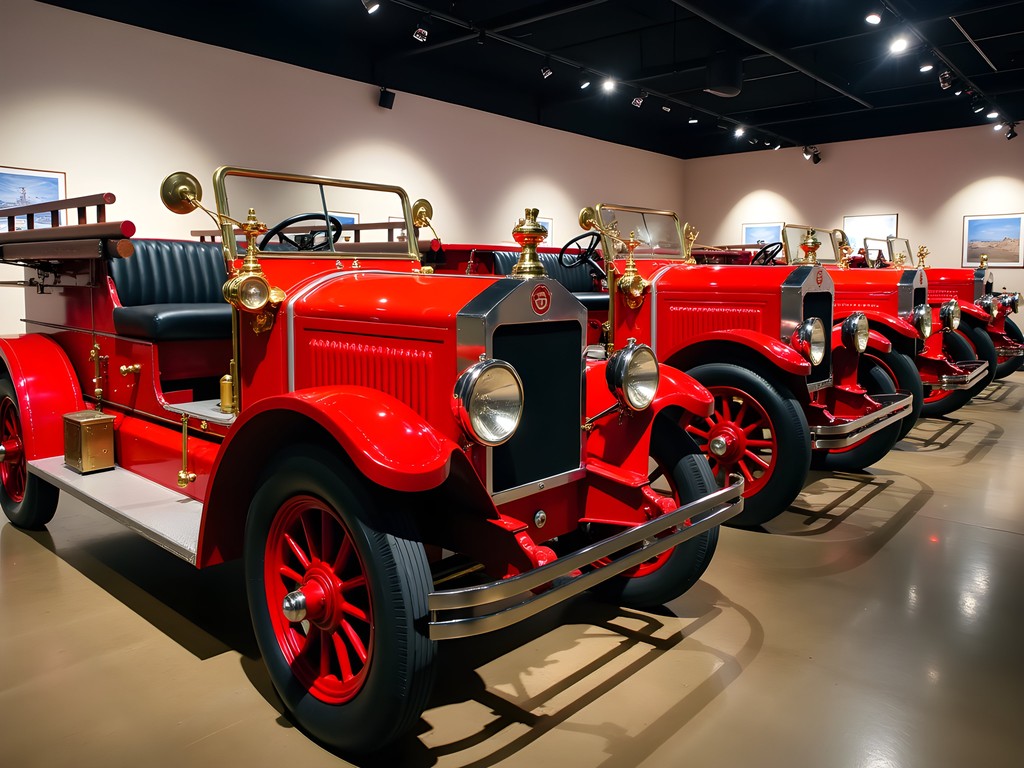
💡 Pro Tips
- Visit on weekdays to avoid school groups and have more time with the interactive exhibits
- Don't miss the 1780s hand-drawn pumper – one of the oldest in the country
- Ask about their fire safety programs if visiting with students
Riverfront Park & Naval Base Memorial
On my last day in North Charleston, I spent a contemplative morning at Riverfront Park, built on the grounds of the former Charleston Naval Base that closed in 1996. The park offers beautiful views of the Cooper River, but what many visitors miss is its historical significance both to Civil War history and more recent military history.
The Naval Base Memorial is particularly moving, commemorating the base that was established in 1901 but has roots going back to the Civil War era. The quiet dignity of this memorial stands in stark contrast to some of the more commercialized historical sites in downtown Charleston.
What fascinated me most was learning how the area's naval importance during the Civil War – when Charleston was a critical Confederate port and target of Union blockades – led directly to the establishment of the naval base that would shape North Charleston's identity for nearly a century.
The park itself is beautiful, with 4 miles of walking paths along the river and massive oak trees providing shade. It's the perfect place to process everything you've learned about the area's complex history. I spent my last afternoon here with a portable hammock strung between two oak trees, reading up on some of the historical details I'd collected throughout my weekend exploration.
Don't miss the Greater Charleston Naval Base Memorial itself, which features sculptures, monuments, and interpretive signs that connect the dots between the Civil War naval operations and the 20th century military presence that shaped North Charleston's development.
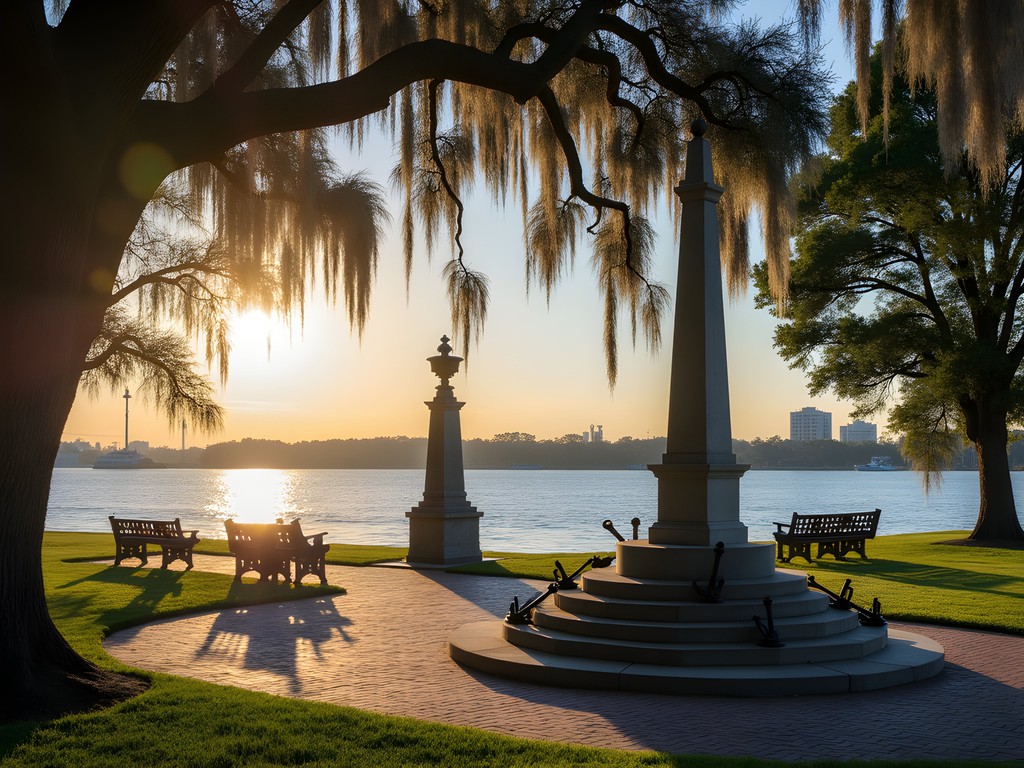
💡 Pro Tips
- The park is free and open from dawn to dusk
- Bring lunch for a picnic with riverside views
- Check for events at the Riverfront Park – they sometimes host historical reenactments
Final Thoughts
As I boarded my flight back to Sheffield, I couldn't help but reflect on how North Charleston represents what I love most about travel – finding the authentic stories that exist just beyond the well-trodden tourist paths. In just one weekend and with minimal expense, I connected with American Civil War history in a way that felt tangible and real, not packaged for consumption. From touching the actual hull of the revolutionary Hunley submarine to walking the grounds where formerly enslaved people built new lives of freedom, these experiences offered something that downtown Charleston's more polished attractions sometimes miss: context and complexity. If you're a student of history – formally or just at heart like me – make time for North Charleston on your next Carolina adventure. The stories you'll discover might not make it onto the postcards, but they'll certainly make their way into your understanding of American history in a way that textbooks alone never could.
✨ Key Takeaways
- North Charleston offers authentic Civil War history experiences without the crowds or high prices of downtown Charleston
- The H.L. Hunley submarine is a must-see artifact that changed naval warfare history
- Liberty Hill provides crucial context about African American community-building after the Civil War
- A weekend is sufficient to explore the major historical sites if you plan efficiently
📋 Practical Information
Best Time to Visit
Fall (September-November)
Budget Estimate
$150-250 for a weekend (excluding accommodation)
Recommended Duration
2-3 days
Difficulty Level
Easy

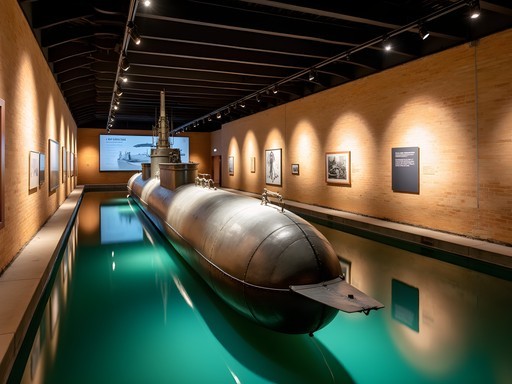
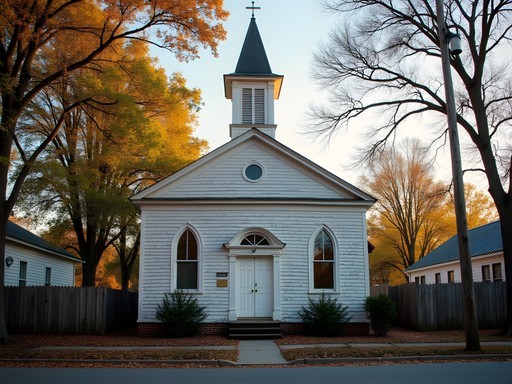


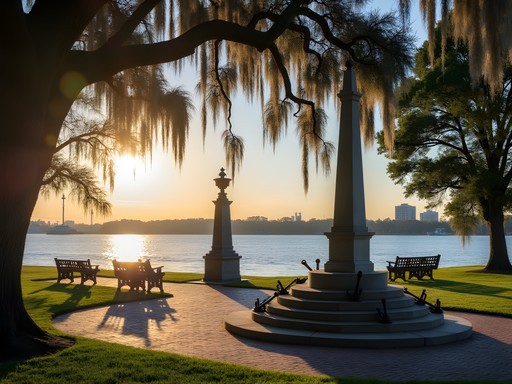










Comments
Claire Hawkins
Luca, your post reminds me why I love travel blogs that go beyond the obvious attractions. I visited Charleston with family last year and we stumbled upon the Hunley exhibit almost by accident. What a revelation! The story of that submarine crew stayed with me for weeks. We also found this lovely family-run restaurant near Liberty Hill (can't remember the name) that served the most authentic Lowcountry cuisine we had during our entire trip. The way you captured the essence of North Charleston as a place with its own identity separate from its famous neighbor really resonates. These shadow destinations often hold the most authentic experiences. Looking forward to your next underdog discovery!
Sage Dixon
Luca, this is exactly the kind of content I love! I visited North Charleston last year while researching for my Southern heritage sites series, and the Naval Officers section at Magnolia Cemetery was hauntingly beautiful. The moss-draped oaks create such an atmospheric setting. One spot I'd add to your list is the Charleston Navy Yard - the historic officers' quarters and naval hospital have such interesting architecture. There's a small museum in one of the buildings that has some incredible artifacts from when it was an active base. Not many tourists make it there, which makes it even more special. Great work highlighting these underrated spots!
sunnyphotographer
Thanks for mentioning the Navy Yard! Is it easy to get there without a car?
Sage Dixon
It's a bit tricky without a car, but doable! CARTA bus route 4 gets you close, then it's about a 10-minute walk. Or rideshare is pretty affordable from downtown.
sunnyphotographer
Is the Liberty Hill area safe to walk around? Planning a trip in October and would love to explore the historical sites there.
Luca Warren
Hi there! Liberty Hill is generally safe during daylight hours. I'd recommend joining one of the community walking tours if possible - they're usually run on weekends and the local guides provide incredible context about the neighborhood's significance. I used my travel guide to find the tour info.
globephotographer460
Just got back from Charleston last week and wish I'd seen this before! We spent all our time downtown and completely missed these North Charleston gems. The H.L. Hunley submarine sounds fascinating - had no idea the first combat submarine was there! Did you need to book tickets in advance? Definitely bookmarking this for our next trip.
Sage Dixon
I made the same mistake my first visit to Charleston! The Hunley is incredible - I'd recommend booking a few days ahead during peak season. While you're in North Charleston next time, grab lunch at Nigel's Good Food. Their "geechie wings" are amazing after a morning of history exploring!
globephotographer460
Thanks for the tip! Adding Nigel's to my list too. Charleston was amazing but next time we'll definitely explore beyond the downtown area.
greenperson
OMG THANK YOU for writing about North Charleston!!! Everyone always focuses on downtown Charleston but there's so much more to the area! The Fire Museum was actually the highlight of our trip - my boyfriend is a firefighter so we spent HOURS there. And the staff were so nice! 🚒❤️
moonclimber
Just got back from Charleston and followed your advice to explore North Charleston too. Such a different vibe from downtown! We loved the Hunley exhibit but the real surprise was finding a small community festival happening in Liberty Hill. Local food, music, and incredibly welcoming people. Sometimes the best travel experiences happen when you venture beyond the tourist hotspots!
travelfan
Just got back from Charleston and wish I'd seen this sooner!! Next time for sure!!
wanderlustmaster
Heading to Charleston next month - is one day enough for North Charleston highlights or should I plan for more?
luckylife
Not the author but we did it in one packed day. If you're a history buff though, I'd say 2 days is better so you're not rushing.
wanderlustmaster
Thanks! Will plan for 2 days then - don't want to rush through the Hunley exhibit.
Riley Griffin
Luca, you've captured exactly what makes second-city exploration so rewarding. We spent three days in North Charleston last year after a week in Charleston proper, and it felt like we'd discovered a secret world. The Magnolia Cemetery section you highlighted was hauntingly beautiful - we went at sunset and the Spanish moss created this ethereal atmosphere. If anyone's planning a visit, I'd add Park Circle to your list - fantastic local restaurants without the downtown crowds or prices. The neighborhood has this wonderful community feel that's harder to find in the more touristy areas. And the locals we met were so excited to share their favorite spots with visitors!
Luca Warren
Park Circle is a great addition, Riley! I had dinner at a fantastic little place there but ran out of space to include it in the post. Next time I'll dedicate more time to the food scene there.
journeyvibes
OMG the Hunley submarine story is WILD!! How have I never heard about this before?! Adding North Charleston to my bucket list right now!!! 🤯🚢
Venture X
Premium card with 2X miles, $300 travel credit, Priority Pass